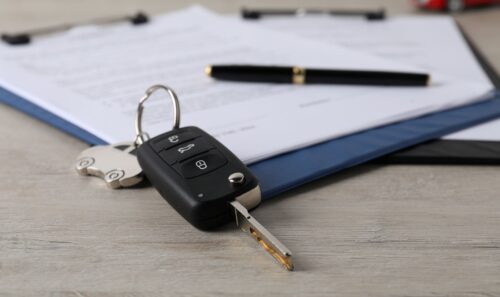By Ross Martin, Accountancy Director at Hive Business
There’s a sweet spot in all things. You know this, I know it; we all understand it intuitively. I’m talking about that place where something you’ve been stubbornly hacking away at for ages starts to balance out, becomes smoother in the doing, effortless even. And this ‘doing ability’ starts to really pay off, because it’s finally, after years of hard graft, taken on a life of its own; you don’t have to think about every move any more, it just flows and grows exponentially.
I could be talking about reaching your 10,000 hours at gardening of course, and it would be true, but I’m an accountant specialising in dentistry, and I have news for all dentists out there: the sweet spot in dentistry is £1m. What I’ve seen tells me turnover of £1m is the sweet spot that will make all those years of grunt work pay off for you if you are coming up in the ‘new age’ of dentistry where things aren’t quite as simple as they used to be.
Before I go on, I recognise there’s a danger these comments may come across as abrasive and judgemental. All I can say is people only ask me to turn up at their dental practice if they want help with their business, and note the emphasis. So, if you’re happy with your £500k/£600k practice and content with your life, that’s fantastic, you’ve achieved something that many people never get even close to. Stop reading.
Unfortunately there are no shortage of reasons why this probably isn’t the case, the main one being that the cost base of a practice these days is different to 10 years ago. Practices now go for a price of between 100% and 200% of their turnover and, if funds are borrowed as is often the case, there are loan repayments to be met. So a decent return depends on a decent turnover.
But a far more interesting reason is economies of scale. I have financially modelled many practices and, unless there is a conscious choice by the owner to run a ‘lifestyle’ practice and effectively subsidise the business, you need to reach a critical mass in order to get economies of scale on aspects such as:
- rental cost and utilisation of surgery space
- staff wages
- balanced, efficient and comprehensive provision of dentistry
- operation of a proper marketing strategy
- efficient use of equipment investment
Let’s go through these. Rental cost and surgery space speaks for itself: you don’t have to pay double to get twice as many revenue-generating surgeries. Also, if you’re running a £1m practice, the likelihood is you’ll have the marketing means to fill all your surgery space 365 days a year if you want to (this isn’t rocket science, it just requires a £30k-£50k marketing budget). Looks like we covered “proper marketing strategy” there by accident.
Staff wages: it’s pretty much accepted in private practice that 20% of your turnover will be wages. That covers your admin, nurses, practice manager and, if you can afford one, your business development manager. If you turn over £500k you only get £100k p.a. to “spend” on staff. That’s really not very much for a team is it? At £1m you can afford £200k worth of staff, and so the quality inevitably goes up, and this higher quality rubs off on the associates you hire, not least because you have the capacity to recruit more than one. Having a couple of associates is better than one because you get competition and a spread of techniques and services. There goes “balanced, efficient and comprehensive provision of dentistry”.
Equipment: it costs about £50k to fit out a surgery, and a £1m practice might have four, so that’s a £200k investment that might last 10 years. Therefore a “cost” of £20k a year, say, is no problem in a business that uses its equipment efficiently with full diaries. But if you sink £70k into a CEREC machine that isn’t being used 75% of the time you’re not going to get value out of it.
To summarise, you tend to either have a £600k practice or a £1m one. There’s not much middle ground, and that’s because the next gear up from a ‘lifestyle’ practice is a ‘business’ practice, and in a practice run on business lines you start to get value out of everything; your premises, your staff, your marketing, your equipment. That’s why your revenue pulls away so steeply – you’ve hit the sweet spot! Obviously to change gear you’ve got to know what you want and have the conviction to see it through, and the first step is to look at what you’re doing now, which I’ll explain more about next time (you’ll be surprised how much money ‘lifestyle’ practice owners seem committed to throwing away…).
Ross
If you’d like to discuss to how you can make the most from your practice call Ross Martin on 01872 300232 or email us at hello@hivebusiness.co.uk.








